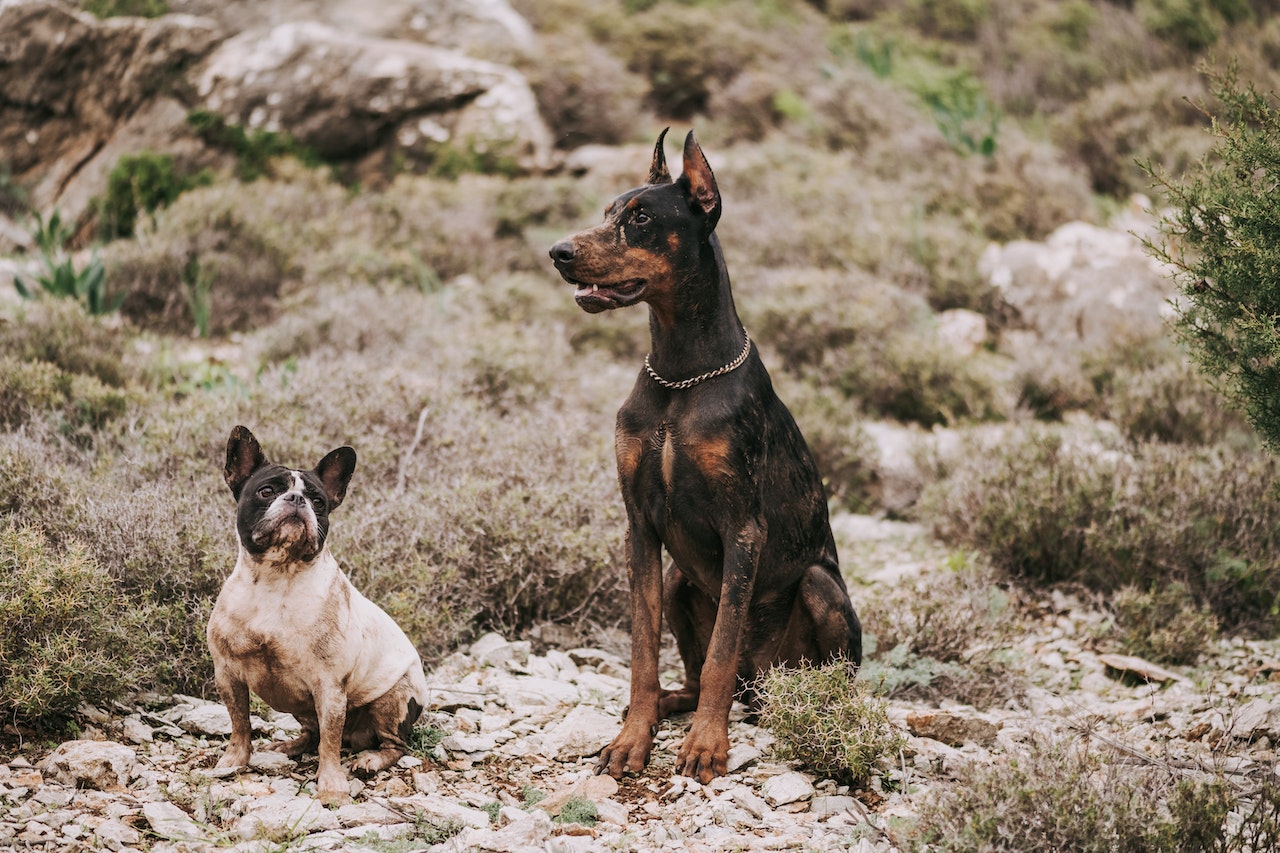
The ownership of the Doberman Pinscher is an incredibly special experience. It’s not uncommon to be approached by people who would like to discuss your lovely elegant, proud dog. There are many questions people ask about Dobermans whenever they meet one however the most frequent concerns are about the dangers or how aggressive Dobermans can be. Actually, many have shared with me their thoughts that Dobermans were simply rude.
With my years of experience and participation with and involvement in the Doberman group, I believe I’m able to answer that doubt with confidence. It’s time to make sure that the facts are straight so that everyone knows the truth about this remarkable breed, and not only what movies say about them.
Physical Traits
Dobermans are designed to function as personal protectors. This is why it’s not difficult to understand why many view Dobermans as potentially violent and risky. The mere sight of the dogs can instill terror in a lot of people and it’s normal.
They are characterized by a variety of physical characteristics that were created into these dogs in order to help them fulfill their intended job. These are just a few of the physical characteristics that allow them to perform their job of personal protection.
- Huge: These dogs are heftier however, they are not so large that they hinder their agility. Males are typically between 75 and 100 pounds and 26 – 28 inches tall, whereas females are typically between 60 and 90 pounds and between 24 and 26 inches tall.
- Muscular build: With low body fat and a build that is muscular that is built for speed, strength, and endurance. In reality, they can run up to 40 times the speed of sound and keep up these speeds for a long period of time. Thanks to greyhound genes!
- Wide Powerful Chest: A large chest is ideal to pound large prey with force and then drag them down.
- Proud Pose:Dobermans possess a unique posture that allows them to distinct among other breeds. They stand upright, calm, and alert and proud. They are known for looking their fellows directly in the eye and not severing eye contact.
- Blunt Wedge Shaped head:The head itself is believed to be a sharp wedge, however large portions of the profile view is filled by the dog’s jaws that are powerful and big mouth.
- Ears Cropped:Traditionally Dobermans sport ears that have been cropped to stand straight up. There are a variety of reasons to this, but one of the main reasons of the ears that were erect and cropped were to aid in locating the source of noise when guarding, and also to prevent a hold on the dog’s hand and to prevent injury during an argument. Erect ears are harder to grasp than floppy ears.
- Short Sleek coat:Their sleek coats are certainly make it more difficult for dogs to control or hold during fighting.
- Docked TailTheir naturally-formed tails tend to be long, thin and susceptible to break. The tail is also a method for a potential attacker to gain access to the dog. This is the reason why they typically use docked tails.
The physical characteristics of Dobermans Doberman appear distinct that can frighten those who aren’t acquainted of the dog breed. They are often extremely gentle and aren’t as dangerous as they appear. However, this particular mix of physical attributes makes them the ideal “villain dog” in movies and on television and often they’re portrayed as this kind of dog.
General Temperament
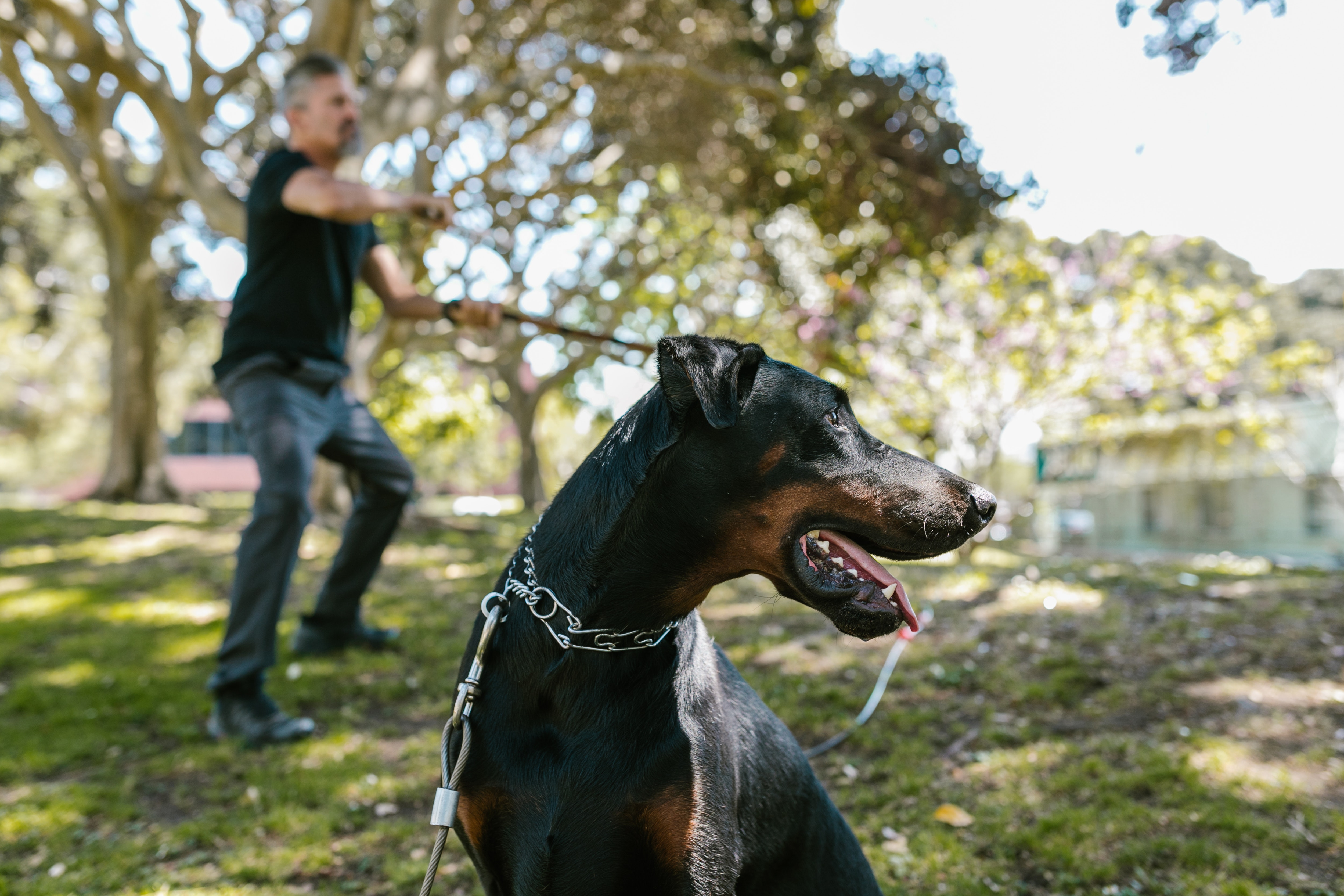
Alongside the physical characteristics listed in the previous paragraphs, there are several typical temperament characteristics that make the Doberman an excellent guard dog. Like the physical characteristics, a person who is not a dog owner may perceive some of them as indicators that indicate warning that the pet is unsafe around. But, this isn’t the reality.
- Reserved with strangers: By nature, Dobermans are somewhat reserved around people they don’t know at the very least. After a brief time and after they’ve decided that you’re not a threat to them, you’re likely to see an extremely warm side to the dog.
- Protection of Owners It is an instinctual need to safeguard their owners. This is the way they were raised to do more than 100 years in the past. If they suspect that something isn’t right then they’ll react. This can happen to even the gentlest Doberman from my experience. For instance, If a stranger walks up to you with a huge object (like an axe or a large stick) when you’re taking an outing with your Dobie who is loudly talking and then shakes their hands violently when they talk It shouldn’t be a surprise for your dog to be agitated and start warning the person by a series of loud barks.
- Love: These dogs are exceptionally loyal and are able to stand by their owners. This is why they’re often called “velcro dogs.” They have a deep affection for their owners, and will fight for them until the end of time. They are also extremely in tune with their family members and often connect strongly with a particular member of their family, but they’re happy to be “part of the pack” of the entire family.
- Intelligent: Dobermans are consistently listed as the most intelligent dogs in the world. They are great at problem-solving as well as following instructions and comprehending what’s expected from them. Because of their innate intellect, they’re also regarded as being among the most trainable dogs on the planet.
Dobermans have a lot of other remarkable temperament characteristics which make them excellent pets for families. Many people are able to see a huge, impressive beautiful dog snagging close to its owner’s side and assume they are either rude or even mean. Many even believe that everyone Doberman must wear muzzles all the time. It’s not the case.
An extremely well-socialized Doberman is a very loving and gentle dog. They’re often utilized for service dogs due to their ability to train, intelligence, and gentle nature.
The Scissor Bite

One of the most common reasons why people think Dobermans are aggressive is because of their bite. Dobermans have a powerful bite and are capable of applying about 305 PSI of pressure through their jaws. This can cause fractures to bones under the right conditions and even break an entire tennis ball in just one bite.
In addition to the force in their jaw, Dobermans are known as having a “scissor” bite. It means that their teeth join in a very precise and interlaced manner (like connecting your fingernails) when they chew down. This lets them hold on to the food they bite with great precision. This also lets them easily cut through objects.
Finally, the Doberman is known for its bites in a unique manner. In contrast to the American pitbull terrier is famous for its bites and refusing to let go but the Doberman is the exact opposite. They are known to bite at, release, and then repeat the bite in very fast in a very short time. This fast-biting motion can cause an enormous amount of injury in a brief amount of time.
Are you still scared? You really shouldn’t be. While Dobermans are incredibly intelligent but they’re not likely to utilize them unless at risk. The modern Doberman is known for being friendly, gentle, and good with children. It wasn’t always this way, however.
How Dobermans Were Bred to Protect
Yes yes, Dobermans are indeed a breed of dog. The doberman breed is created by humans. They’re actually relatively new and were only discovered only a little more than a hundred years in the past. Knowing why and how they came into existence will provide insight into how they behave in the manner they behave. It’s all in their genes!
In the latter part of the 1800s, Karl Friedrich Louis Dobermann was a resident of Apolda, Germany. He had at most two jobs during that time. The town’s tax collector (a somewhat unpopular job) as well as he was the manager of the dog park in town, where there were dogs that came from many breeds. Louis thought he required an animal to accompany him in his travels around the town, collecting taxes for his safety. Louis decided to breed the perfect dog for his own protection by selective breeding. He achieved this through the many dogs he had an access point to in the pound.
Louis had to create the dog that was tough swift, intelligent and fearless. He also had to be completely loyal and extremely capable of being trained. Also, the dog needed to be big and intimidating in order to deter potential attackers, and extremely ferocious should the need arise. Louis began to experiment by breeding selectively dogs, and after many generations, he came with the Doberman Pinscher, which was the perfect dog to protect.
Louis did not record precisely which dogs he used to make the Doberman However, it’s generally believed that he employed a combination of greyhounds and rottweiler German shepherd Great Dane, German pinscher English Greyhound Shorthaired Shepherd, Weimaraner, Beauceron and the black and Tan the terrier (which is now extinct, however, it is an ancestor of Manchester terriers). Manchester dog).
Modern-Day Dobermans
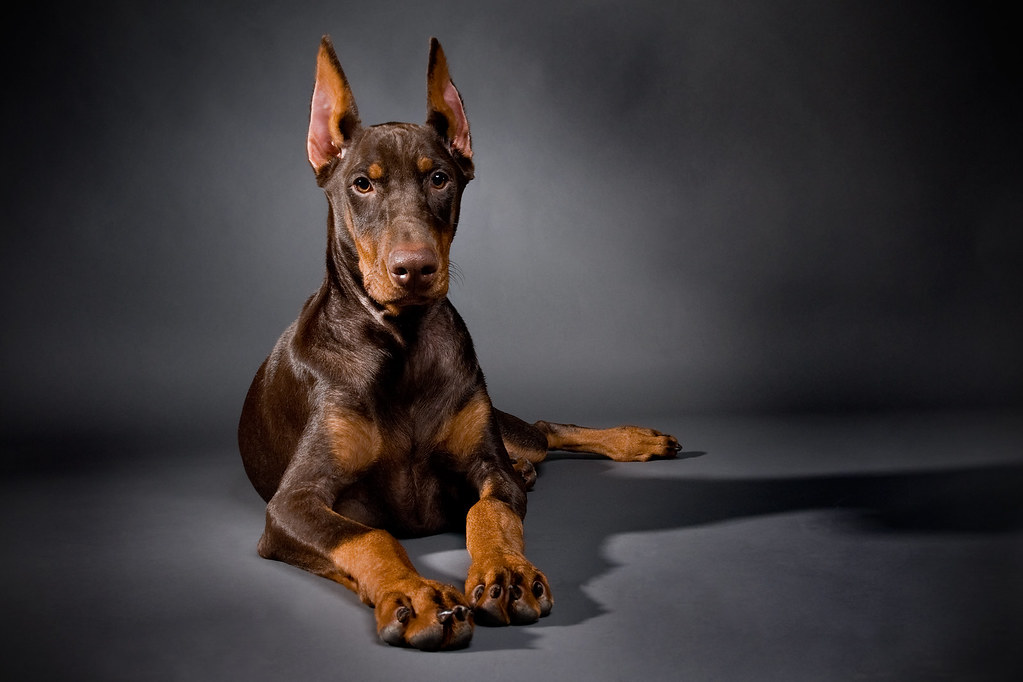
Dobermans were used extensively during World War 2, Dobermans were extensively used in members of the United States Marine Corps during the numerous battles to control of the Pacific. In the Battle of Guam, 25 Dobermans perished fighting for their country in the fight with the Japanese. They were known as “Devil Dogs.”
The modern Doberman is a vast away of the “Devil Dogs” of the past, but. They’re far less aggressive than the Dobermans of years back. The primary reason is the fact that breeders of today have bred a lot of the characteristics that are aggressive from these dogs, making them gentler and better suitable for families.
Breeders are breeding these dogs to play roles of companionship more frequently rather than for guard duty roles. They are still able to retain their natural protection instincts and are able to respond if needed however, they are compassionate, affectionate and reliable. They have all the qualities you want in pets that are part of the family.
Statistics: How Likely are Dobermans to Kill Someone?
Based on a 13-year study that looked at the different breeds of dogs that were involved in fatal dog attacks the Doberman came in 11th. This is a long way down the list. The Labrador retriever was responsible for more deaths in that time frame than Dobermans did. What breeds of dogs were responsible for more deaths in the 13-year study? Check out the following table.
The above graph depicts the number of deaths attributed to each breed of dog in the United States from 2005 to 2017.
| Breed | Deaths | Percent of Total |
|---|---|---|
| Pit bull | 284 | 65.6% |
| Rottweiler | 45 | 10.4% |
| German shepherd | 20 | 4.6% |
| American bulldog | 15 | 3.5% |
| Mastiff (including bullmastiff) | 14 | 3.2% |
| Husky | 13 | 3% |
| Labrador retriever | 9 | 2.1% |
| Boxer | 7 | 1.6% |
| Doberman pinscher | 6 | 1.4% |
For the full overview of these statistics and sources. Please see Dogsbite.org: U.S. Dog Bite Fatalities (2005 to 2017).
Are Dobermans Mean?
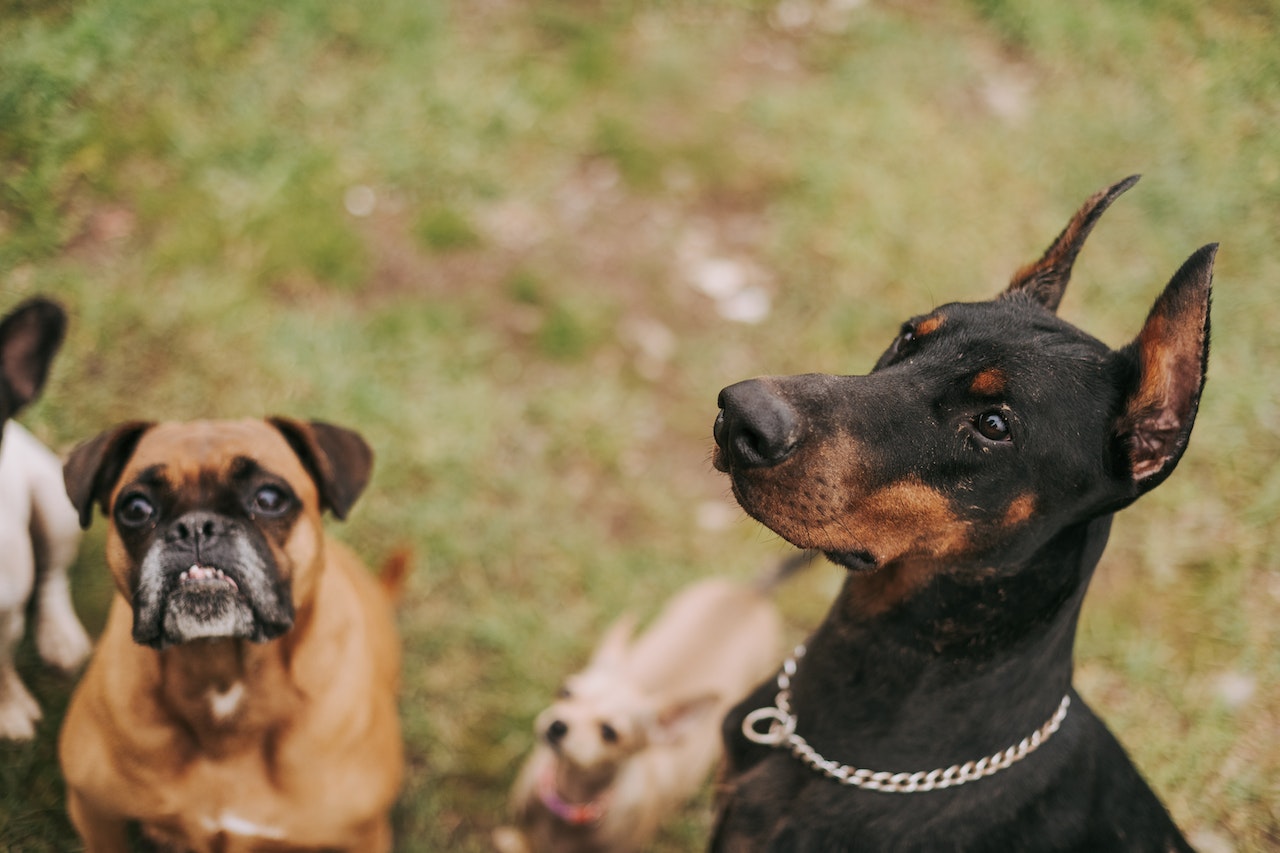
Doberman Pinschers are not mean by their nature. They typically behave in a way to protect themselves and their owners from a perceived threat. Any aggressive behavior by Dobermans Doberman is probably caused by a significant lack of socialization or neglect by their owner.
Many people ask me if I think Dobermans are rude. If you ask if they’re mean, you’re looking at their overall attitude, and isn’t a simple answer. In general, I haven’t found Dobermans to be rude, but obviously, there are always instances of exceptions.
In my years of providing consulting assistance for Doberman owners, I’ve encountered a handful of dogs who appear to have some sort of mean streak. However, once you’ve gotten down to the root of the issue for the reason they’re acting out, destruction of things, trying to bite anyone who is knocking on their door or suffering with other issues of behavior It’s not because they’re mean. It’s usually due to their family background.
When a pet, no dog, isn’t sufficiently socialized in its early years or isn’t interacting with humans in a positive way this means that the dog will experience scared more frequently. Even in ordinary, everyday situations to us and you, they might be prone to acting out. Dobermans aren’t mean, however their owners may be.
Are Dobermans Dangerous?
Even though Doberman Pinschers are certainly able to demonstrate the physical characteristics to be extremely dangerous pets However, today’s Doberman is typically well-suited to be a companion and won’t be aggressive.
There will be the Doberman passing by, along with its owner, and they’ll walk to the opposite direction of the road. The father will grab their child as they walk through the neighborhood with your pet Doberman. The guy who is swimming will be scared to enter your backyard if he sees your dog’s gaze. What is the reason for this? Everyone believes they are a potentially dangerous breed.
I can say by my own experience that this can be an issue for any Doberman owner. Particularly, when we are often spending in the evenings on the sofa with our dogs spread out on our laps. or tossing the ball around endlessly to him to play with. Dobermans are affectionate animals however they possess the physical capability to be dangerous when they have to be (they’re massive and strong and possess an impressive bite). They’re also wonderful protectors of their families and typically only a threat to people who are threatening those they live with.
Are Dobermans Aggressive?
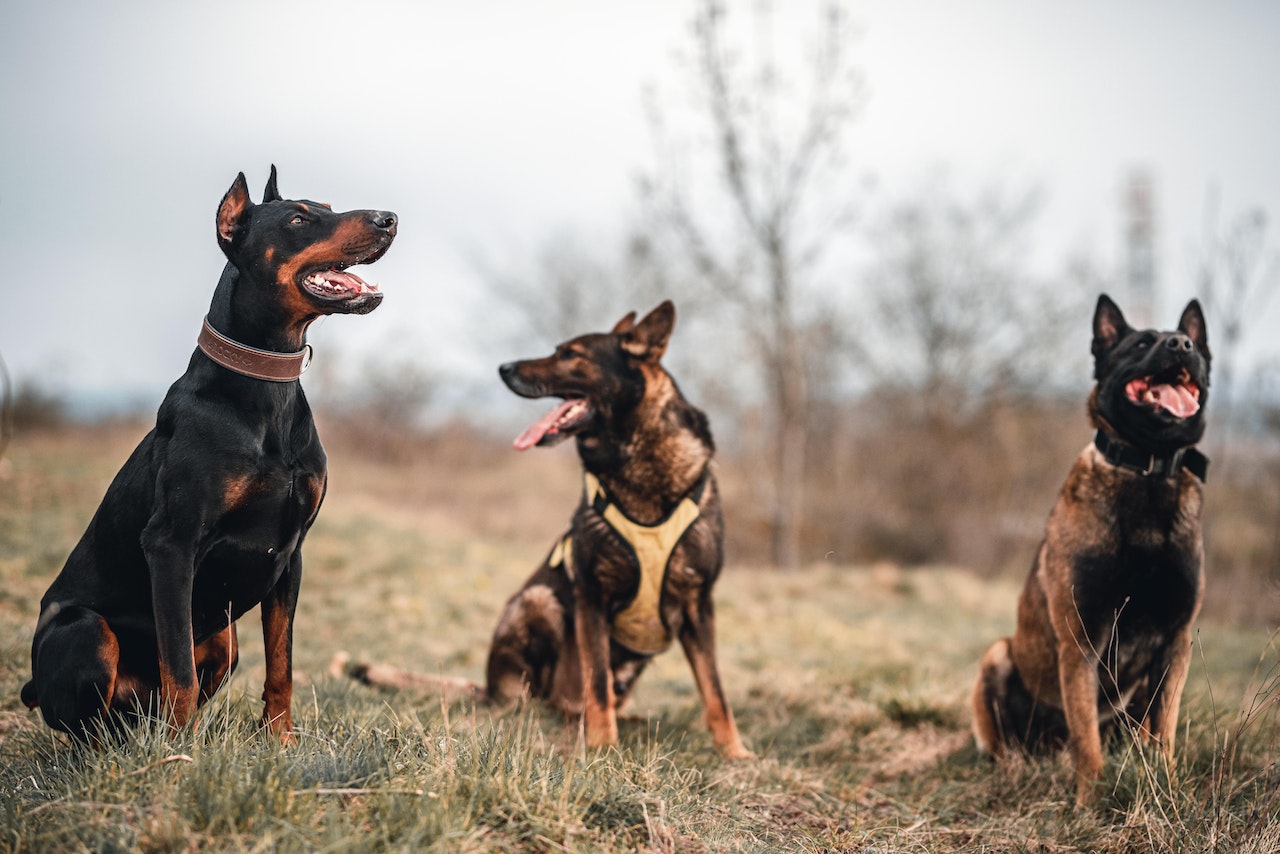
Doberman Pinschers are inherently more cautious than they can be aggressive or offensive. They tend to be aggressive when trying to shield them or the owners of perceived threats.
The breed was designed to be protectors, this means they are guardians. They’ll be to you and keep your safety at all times. They usually don’t have the intention of fighting with another animal or person in the event that they aren’t afraid by them.
Of course, every dog has its own unique personality however this is a characteristic of all breeds. They have a reputation due to the fact that they are ferocious when they are threatened by their owners however isn’t that a great quality? I believe so.
Reputation vs. Reality
Although all of the above questions are the same, they’re asking different questions. Yes, Dobermans aren’t mean dogs and yes, they are able to be dangerous (but seldom are) but they’re typically not aggressive, despite the need to safeguard their owners or themselves. I’m asked all three questions frequently when I’m out along with my pet.
The reason that people are interested in knowing how violent the dogs are is due to what they are shown in films as well as on television. The Doberman is often portrayed as the villainous dog that stops at nothing to strike down any person it comes across. It’s a good thing that this is fiction. The truth is that they are great dogs for families each with their own character, yet none of them are “evil” at heart.
Related Questions
Do Dobermans take on the owners of their pet? It’s a common belief about Doberman Pinschers are at risk of attacking their owners. In reality, the modern Doberman is a wonderful family pet, which is social and protective of them from injury even at risk.
Are female or male Dobermans more aggressive? Although every dog has their own unique personality Doberman females are known for having more aggressiveness than males.
Are Dobermans aggressive toward strangers? Dobermans are known to be aggressive with strangers, however, this is typically only when they feel threatened or their owners are in danger.
Dobermans are aggressive toward other canines? Dobermans can be insecure towards other dogs, specifically when on a leash. However, early socialization can stop this. Male Dobermans are also reported to have problems living with male dogs living within the same home.